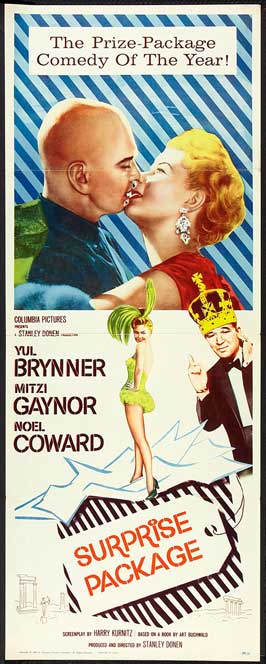I went to a lecture by Donald Keene (born in Brooklyn in 1922) at the Miyako. He speaks entertainingly and modestly. He is even shorter than I imagined and has some New York accent. I think he’s probably a queen, but am not entirely certain.

(Keene in 2002, photographed by Aurelio Asiain)
He said that the two people he’s known whom he considers geniuses are Arthur Waley and Mishima Yukio, because he can’t imagine how anyone can do what they did. Specifically, in Waley’s case, translate Genji monogatori, in Mishima’s, write non-stop in final form without correcting anything. He recalled a wartime student of Waley’s saying something about the ambiguities of Heian Japanese, and his being startled, exclaiming “I never found it so!” He also told someone that he thought it should be possible to learn Japanese in about a month. Even if he meant to learn to read Japanese for someone who could read Chinese, this is an astonishing estimate.
He finds Lafcadio Hearn repellent (racist) though an acute observer. In that his reminisces were about Americans discovering Japanese literature, I asked about The Chrysanthemum and the Sword as an explanation of Japanese culture to America. He didn’t answer my question about its role, but responded to my preamble, by saying that he has high regard for the book. When it was translated in Japanese, many Japanese were unhappy with it and tried to assail it, but have not shaken its foundations, which despite the great difficulties of working from America with Issei who mostly had left long ago, he considers generally sound, beautifully written, and an impressive accomplishment of understanding another culture.
He credits Kurosawa’s film of Rashomon with a major impetus to the “Japan boom” in America of the 1950s, along with Edward Seidenstecker’s translation of Some Prefer Nettles, and then the Zen fad. And he reiterated that the Nobel Prize was headed for Mishima and was sidetracked by a Northern European “expert” (who had spent two weeks in Japan and assumed from Mishima’s age that he must be a leftist!).
The contemporary female Japanese writer of whom he thinks highly (and considers likely to “last”) is Dazai’s daughter. Keene said that he mostly reads classical Japanese literature, and established writers. He regrets that he does not know the work of more younger writers (younger than Ôe Kenzaburo), but doesn’t think he can do more, only having two eyes…
© 26 February 1996, Stephen O. Murray
